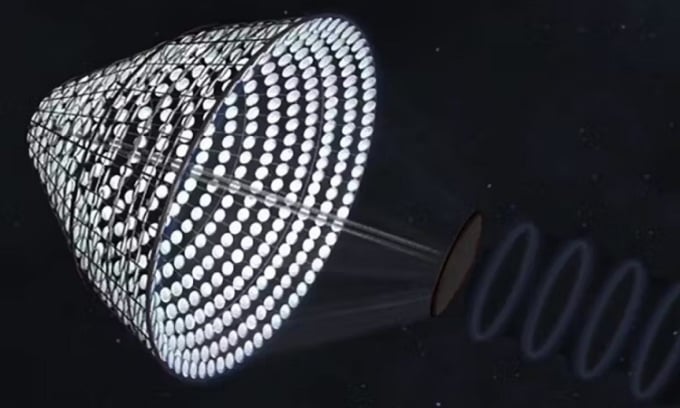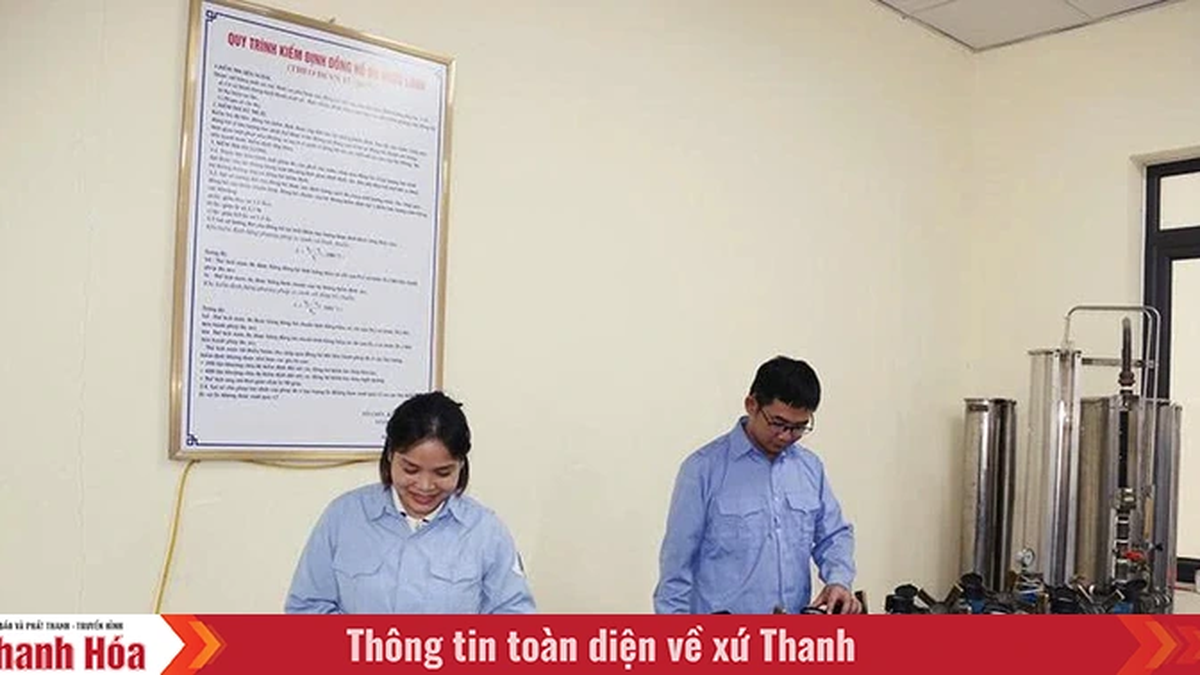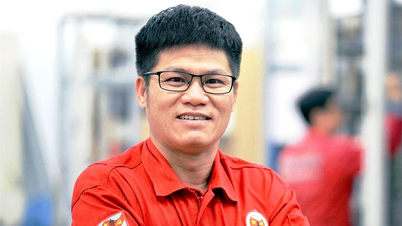Despite many challenges, the technology of generating solar power in space and transmitting it back to Earth via microwave beams could help humans escape dependence on fossil fuels.

Simulation of the SPS-ALPHA space solar power generation system. Photo: NASA
The idea of space-based solar power (SBSP), which uses satellites to collect energy from the Sun and beam it back to receiving points on Earth, has been around since at least the late 1960s, according to Science Alert . Despite its huge potential, the idea has not gained much traction due to its cost and technological hurdles. If the problem can be solved, SBSP could become an important part of helping the world transition from fossil fuels to green energy.
Humans have long harnessed energy from the Sun, through a variety of technologies such as photovoltaics (PV) and solar thermal (STE). Solar energy is also harvested indirectly, such as wind power, which is generated by the uneven heating of the atmosphere by the Sun. But these forms of green energy production have limitations. They take up large areas of land and are limited by the available sunlight and wind. For example, solar farms cannot collect energy at night and collect less on winter or cloudy days.
On-orbit PV is not limited by night. A satellite in geostationary orbit (GEO), a circular orbit 36,000 km above Earth, is exposed to the Sun more than 99% of the year. This allows it to produce green energy 24/7. GEO is ideal for transmitting energy from a spacecraft to a receiver, or ground station, because the satellite remains in the same place relative to Earth. Researchers say that the solar energy available from GEO is 100 times greater than humanity’s estimated global electricity demand in 2050.
Sending energy collected in space to the ground requires wireless transmission. Using microwaves to transmit power minimizes atmospheric losses, even when the sky is cloudy. The microwave beam transmitted by the satellite is focused on a ground station, where an antenna converts the electromagnetic waves into electricity. The ground station would need to be 5 km in diameter or larger at high latitudes. However, this is still less land than would be needed to produce the same amount of electricity with solar or wind power.
Researchers have proposed many SBSP designs since Peter Glaser first proposed the idea in 1968. In SBSP, the energy is converted several times (light - electricity - microwaves - electricity) and some of it is lost as heat. To put 2 gigawatts (GW) on the grid, the satellite would need to collect about 10 GW.
A recent design called CASSIOPeiA involves two 2km wide tunable reflectors. They reflect sunlight onto a series of solar cells. A 1,700m diameter generator system can then be aimed at a ground station. The satellite is estimated to weigh 2,000 tonnes.
The other design, called SPS-ALPHA, differs from CASSIOPeiA in that the solar collector is a large structure made up of many small modular reflectors called heliostats, each of which can move independently. They are mass-produced to reduce costs.
In 2023, scientists at the California Institute of Technology launched MAPLE, a small-scale satellite experiment that transmits small amounts of electricity back to the institute. MAPLE demonstrated that the technology could be used to transmit electricity back to Earth.
The European Space Agency is currently assessing the feasibility of SBSP with its SOLARIS initiative, with plans to fully develop the technology by 2025. Other countries have also recently announced plans to beam electricity to Earth by 2025, and move to larger systems within two decades.
The main drawbacks to SBSP are the sheer mass required to launch into space and the cost per kilogram. Companies like SpaceX and Blue Origin are developing heavy-lift launch vehicles that focus on reusing many of the vehicle’s components after flight. This could reduce launch costs by 90%. Even with SpaceX’s Starship vehicle, which can launch 150 tons of cargo into low Earth orbit, SBSP satellites would still require hundreds of launches. Some of the components are designed to be scalable and can be 3D printed in space.
The SBSP mission will be challenging and requires a full risk assessment. While the electricity produced will be entirely green, the pollution impact of hundreds of launches is difficult to predict. Additionally, controlling such a large structure in space will require large amounts of fuel, forcing engineers to work with toxic chemicals. Solar cells will be subject to degradation, with their efficiency decreasing over time, by 1 to 10 percent per year. However, maintenance and refueling can extend the life of the satellite. A microwave beam powerful enough to reach the ground can damage anything in its path. For safety reasons, the energy density of the microwave beam must be limited.
An Khang (According to Science Alert )
Source link






























![[Photo] National Assembly Chairman attends the seminar "Building and operating an international financial center and recommendations for Vietnam"](https://vphoto.vietnam.vn/thumb/1200x675/vietnam/resource/IMAGE/2025/7/28/76393436936e457db31ec84433289f72)






































































Comment (0)